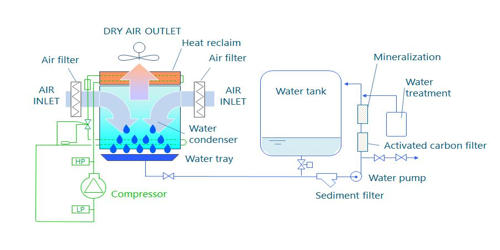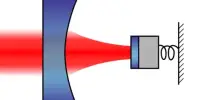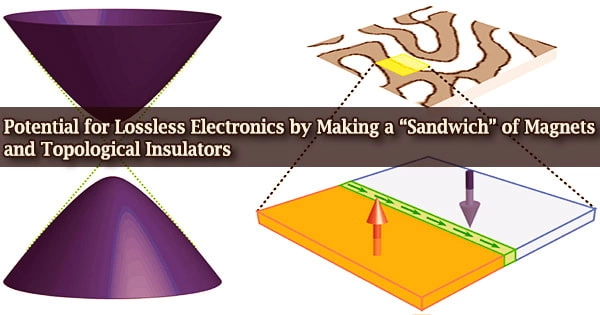Atmospheric water generators (AWGs) have been available to consumers since the turn of the century. It is a device that extracts water from humid ambient air. However, they have yet to become commonplace enough that their basic functions, abilities, advantages, and flaws are widely understood. Water vapor in the air can be extracted by condensation – cooling the air below its dew point, exposing the air to desiccants, or pressurizing the air. Unlike a dehumidifier, an AWG is designed to render the water potable. AWGs are useful where pure drinking water is difficult or impossible to obtain because there is almost always a small amount of water in the air that can be extracted. The two primary techniques in use are cooling and desiccants. The most common employs technology similar to another appliance in your home, your air conditioner. Because cool air can’t hold as much water vapor as warm air, the cold air leaves behind condensation that’s routed to a drain or pan for disposal.
An atmospheric water generator is a machine that uses temperature gradients or thermoelectric processes to transform ambient humidity from the air into drinkable water. The extraction of atmospheric water may require a significant input of energy. Atmospheric water generators extract water from the surrounding air and filter it to remove particulates and bacteria. Some AWG methods are completely passive, relying on natural temperature differences, and requiring no external energy source. In areas where water is scarce or polluted, atmospheric water generators are reliable sources of clean, safe water. For domestic applications, they can reduce or eliminate the need for bottled drinking water. Biomimicry studies have shown the beetle Stenocara gracilipes has the natural ability to perform this task. The most commonly used AWG systems employ condenser and cooling coil technology to pull moisture from the air in the same way a household dehumidifier does.
Atmospheric water generation (AWG) uses technology to produce potable water from the surrounding air. Renewable source of water. Like surface water, water contained in the atmosphere is a natural renewable resource. This provides the potential to expand water availability during shortages, contamination events, and other issues that can interrupt drinking water services. The condensation of the water vapor is a natural phenomenon that leads to rain, thanks to the temperature difference between the air and the ground. Natural disasters, such as hurricanes, and public water infrastructure failures, such as pipe corrosion resulting in contamination issues, have increased the interest in AWG technology as both emergency and long-term supply solutions. By reproducing this phenomenon, our generators allow for the exploitation of this renewable source of water that, unlike water purifying systems by desalination, produces no waste.















